Mechanization makes great strides
It is undeniable that mechanization is a revolution in the agricultural sector. In the past, to plow a field, farmers had to work hard with their buffaloes to pull each plow all day, sometimes even until the second day. But now, with just a plow, the job can be completed neatly in one morning, the operator only needs to sit in one place, without much effort.
Mr. Ha Van Son, a farmer in Nghia An commune, Nghia Lo town, shared: "Now machines do everything, it only takes one session. In the past, every crop season, my back and shoulders ached from plowing and hoeing. Now that there are machines, farmers have less suffering."
Mechanization not only brings high labor efficiency but also creates conditions for people to rotate crops and increase crops. Previously, preparing the land for the winter crop after harvesting the summer-autumn rice was a race against time. If not done in time, the corn would not be harvested before the land had to be prepared for the spring crop.
Mr. Son's wife said: "Only with a plowing machine can we plant winter corn on land for two rice crops, my dear! Before we had a machine, my family worked day and night, racing against time to make it in time for the winter crop. Yet, there were years when the corn was not necessarily harvested to prepare the land for rice planting."
Mechanization also brings many social benefits. Children no longer have to skip school or leave the playground to herd buffaloes, no longer have to cut grass in the hot midday sun, or in the cold winter, with dry north winds.
A farmer in Nam Muoi commune, Van Chan district expressed: "Now, children can go to school and don't have to herd buffaloes like before. The grass season is better, but in winter, especially with drizzle and cold wind, it's very difficult! The grazing land is gone now. The number of buffaloes that freeze to death or starve to death has also decreased. We don't have to... "cry for buffaloes" like in the past."
The dark side of "red buffalo"
However, everything has its downside, agricultural mechanization also leaves behind significant consequences. When farmers no longer raise buffaloes, the source of manure - a very good organic fertilizer for the soil - gradually disappears from the fields. Manure not only adds nutrients to the soil but also helps improve soil structure, retain water, retain nutrients and nurture beneficial microorganisms.
Although replacing completely with chemical fertilizers brings immediate results, in the long run it will make the soil infertile and poor in nutrients, leading to a gradual decrease in productivity with each crop. This is an obvious consequence that many localities are facing. In fact, in many rural areas today, the soil has signs of degradation, crops are underdeveloped, and pests and diseases are increasing.
Farmers are forced to use more pesticides, which not only increases production costs but also has a negative impact on the environment and public health. Once fertile fields are now dry and cracked in the dry season and muddy and flooded during heavy rains because the soil is no longer porous and has much poorer water absorption and drainage capabilities.
Solutions for sustainable agricultural development
The story of the "red buffalo" chasing the "black buffalo" is a symbol of the change of the times. We cannot return to the manual era, and we cannot force farmers to return to the lime plow and the tired buffalo in the fields. Mechanization is an inevitable trend, a manifestation of progress, but along with that, there needs to be a sustainable development mindset.
Faced with the reality of degraded land, farmers need to make the most of available organic fertilizer sources. If there is no more manure, it is possible to increase the use of biofertilizers and industrial organic fertilizers; at the same time, restore the movement of making green manure from legumes, hydrilla, duckweed, and composted straw. Limiting the excessive use of inorganic nitrogen fertilizers is also necessary, because although nitrogen fertilizers help plants grow quickly, in the long run they will destroy the soil structure.
In addition, local authorities and the agricultural sector need to step up propaganda and guidance for people to use machinery scientifically and in an environmentally friendly manner. Increase investment in research and application of sustainable farming techniques, such as intercropping, crop rotation, and the use of drought-resistant, pest-resistant, and disease-resistant crop varieties, to reduce pressure on cultivated land.
It is necessary to build a circular agricultural model, where waste from livestock is reused for crop production and vice versa, contributing to the balance of the ecosystem. In particular, the combination of tradition and modernity, machinery and organic, technical progress and awareness of protecting new land resources is the key to ensuring food security and sustainable development.
The "red buffalo" chasing the "black buffalo" is not only an image reminiscent of the village memories, but also a vivid demonstration of the transformation of our country's agriculture. If in the past, the buffalo represented diligence and hard work, today, modern agricultural machines represent efficiency, speed and productivity.
However, in the process of modernization, we also need to listen to the "voice" of the land and the environment. Although the land cannot speak, it always responds most honestly to the ecological environment through crop yields, through the fertility or aridity of each field. The decline of the agricultural ecosystem, if not prevented in time, will turn the "mechanization revolution" into a "double-edged sword".
Therefore, in addition to promoting mechanization, it is necessary to go hand in hand with ecological thinking and sustainable agricultural development strategies. This is not only the responsibility of farmers but also the responsibility of the whole system - from the government, scientists, businesses to each consumer. Only then will the picture of modern agriculture truly be in harmony between productivity and the environment.
Le Phien
Source: https://baoyenbai.com.vn/12/351298/Khi-trau-do-duoi-trau-den.aspx








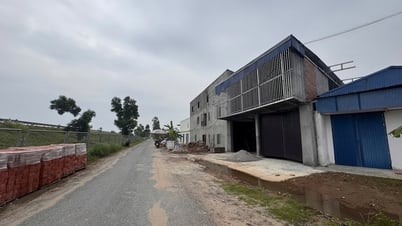

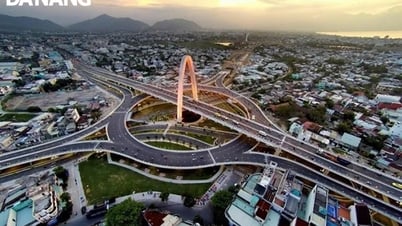

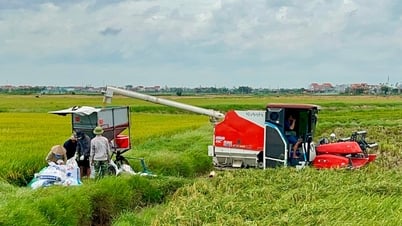
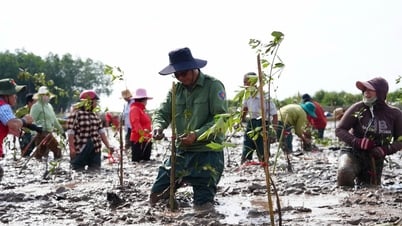











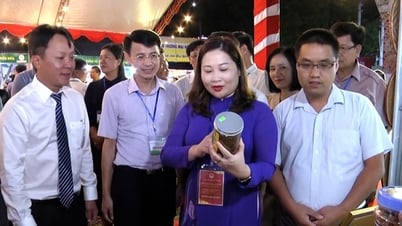


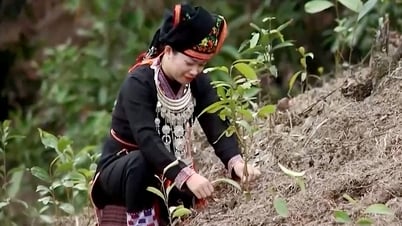
![[Photo] Prime Minister Pham Minh Chinh receives leaders of several Swedish corporations](https://vphoto.vietnam.vn/thumb/1200x675/vietnam/resource/IMAGE/2025/6/14/4437981cf1264434a949b4772f9432b6)







































































Comment (0)